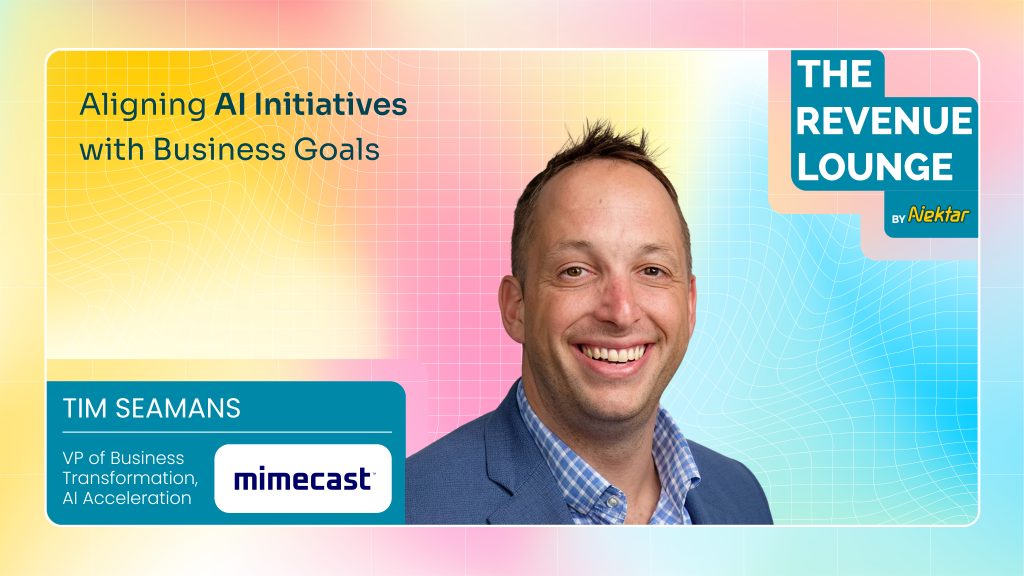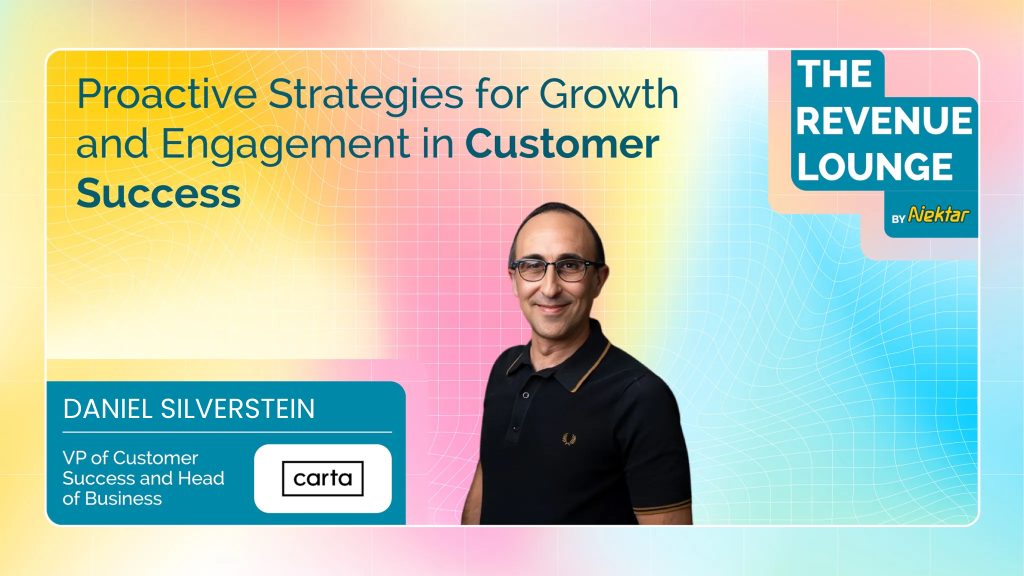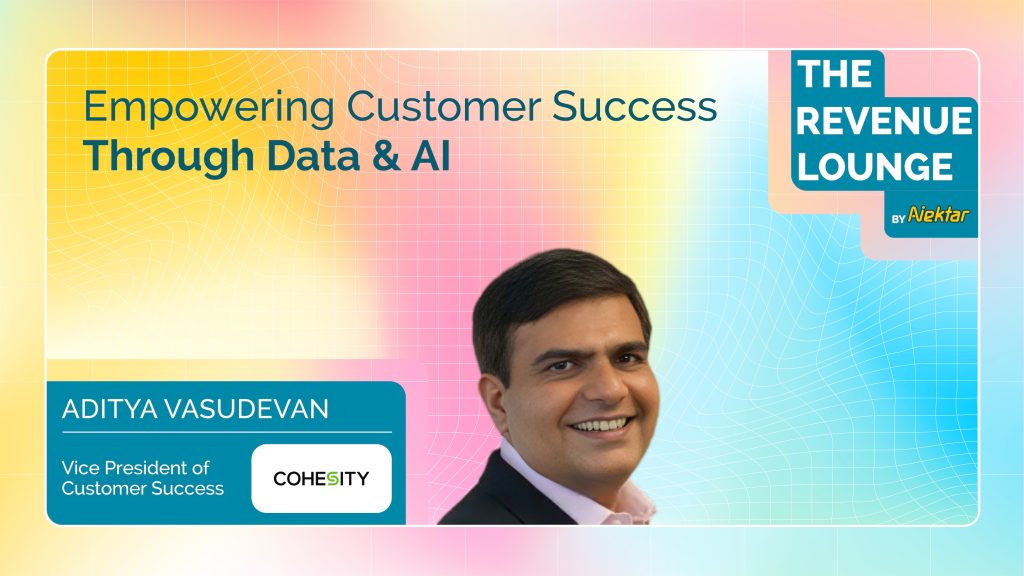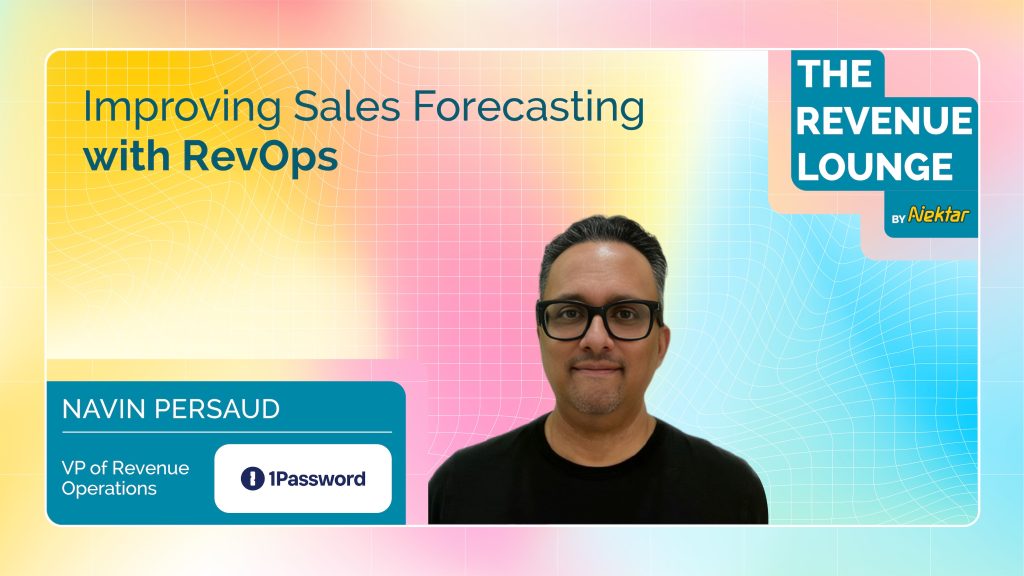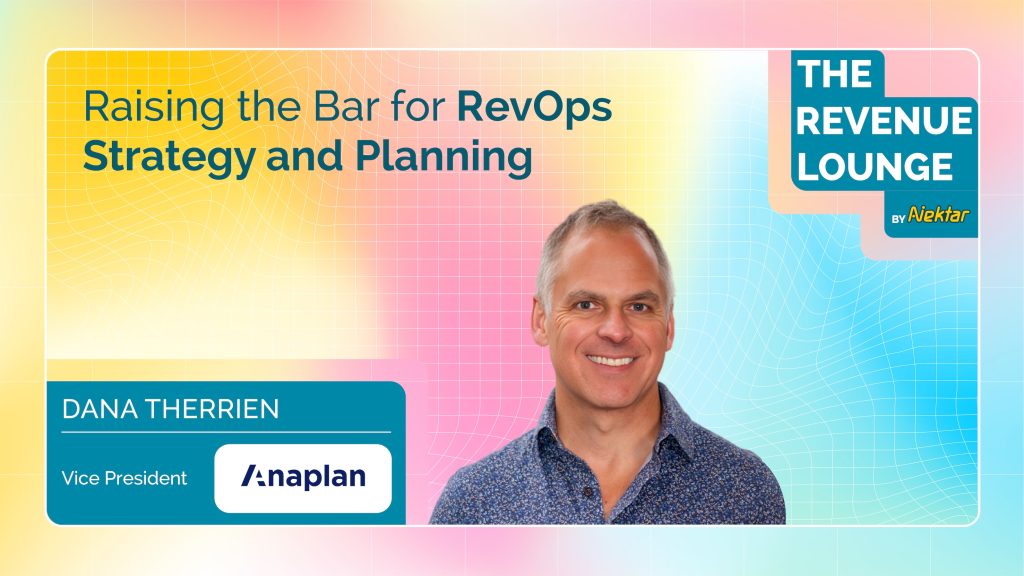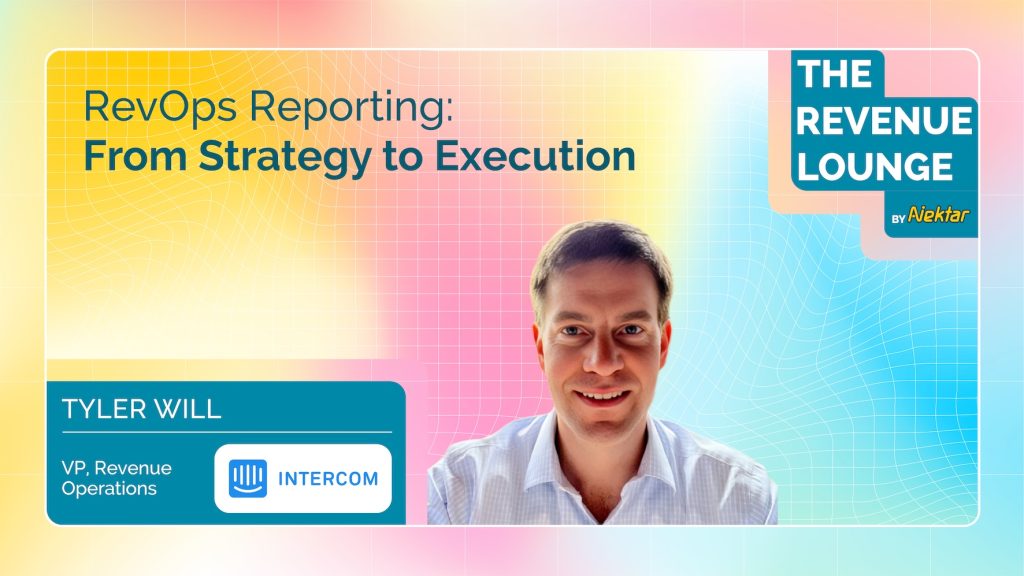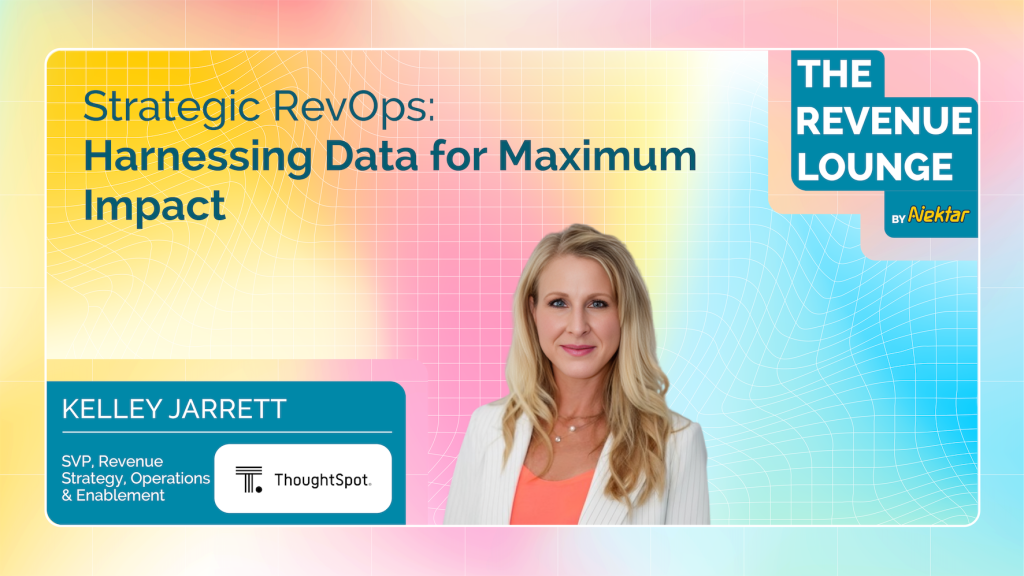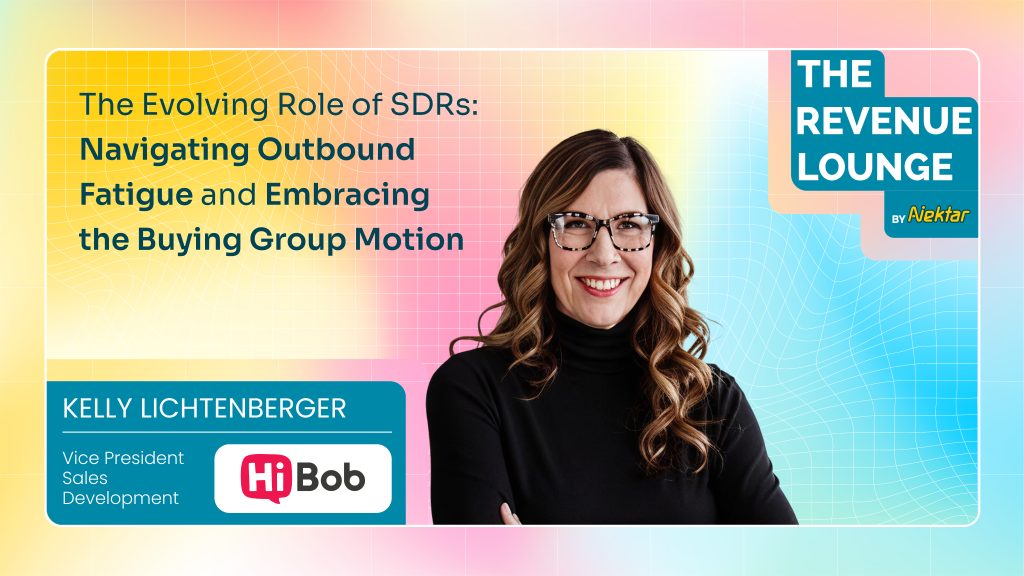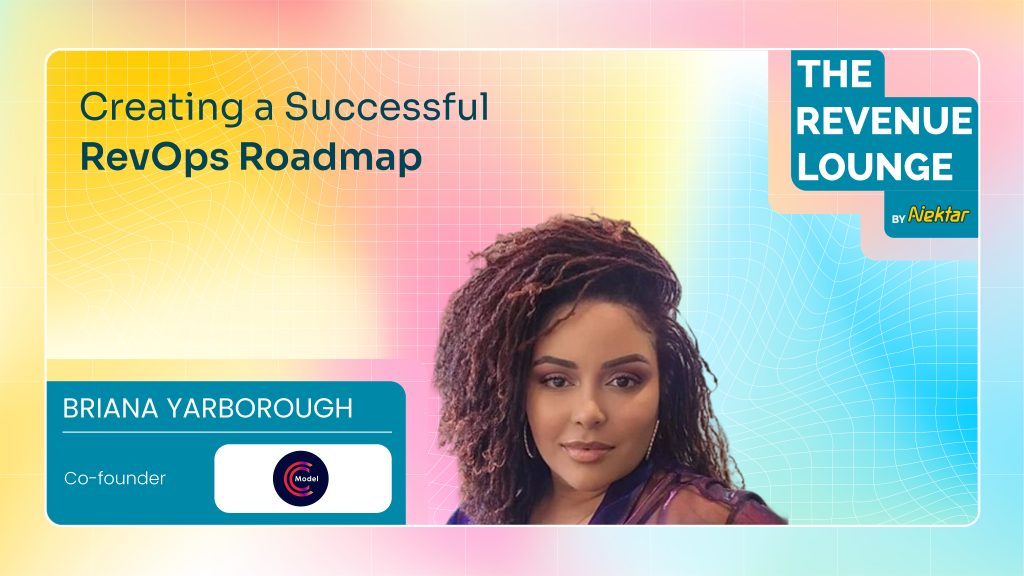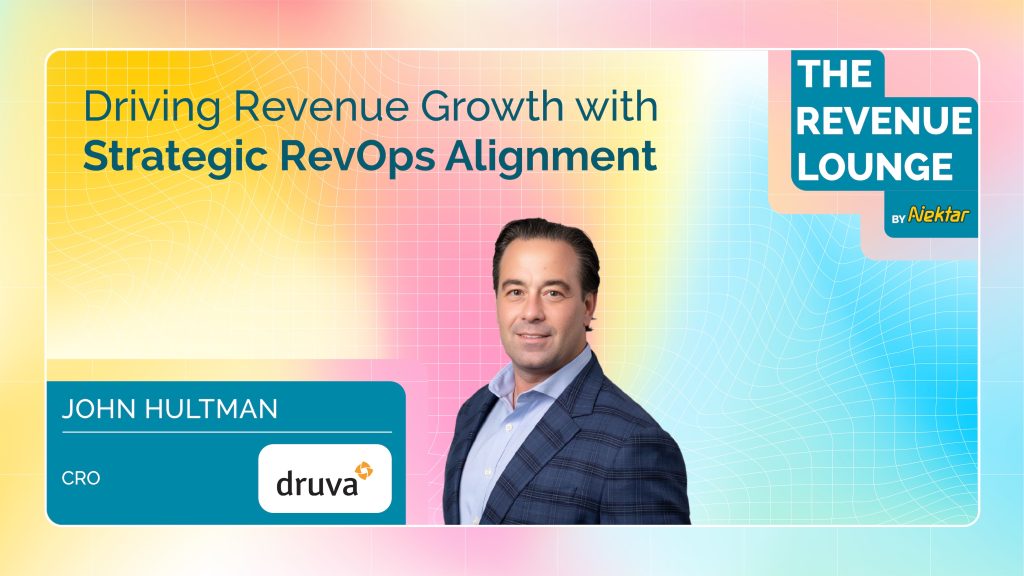The Strategic Narrative Playbook: Lessons on How Stories Align Companies and Win Markets
The Strategic Narrative Playbook: Lessons on How Stories Align Companies and Win Markets A conversation with Andy Raskin. Executive Summary This article breaks down the narrative frameworks behind companies like Salesforce, Zuora, Turing, OneTrust and other category leaders. It draws directly from an in-depth conversation with Andy Raskin, the world’s most referenced expert on strategic narrative design and the author of “The Greatest Sales Deck I’ve Ever Seen.” Readers will learn: How Andy went from software engineer to the world’s leading strategic narrative consultant What the “arrogant doctor” problem reveals about failing pitches Why worldview shifts create urgency when features cannot How the best CEOs evolve their narratives every two to three years The emotional glue behind every winning narrative (hint: it’s belonging) Why the sales deck is the most powerful narrative asset How to run a cross-functional narrative redesign that actually sticks Templates, story structures and practical frameworks you can apply immediately Facebook Twitter Youtube The Anatomy of a Strategic Narrative: Inside Andy Raskin’s Approach 1. How a Failed Pitch and a Barnes & Noble Window Sparked a Career Andy began as a software engineer. His entry into the world of narrative design was accidental. In the late 90s, he and a colleague built a Windows app, wrote a business plan, and sent it to VCs. One VC replied:“This is a one. Worst. Not a compelling story.” That line changed everything. A few weeks later, Andy passed a Barnes & Noble in New York. A small sign in the window read: “For anyone who wants to tell a great story.” → pointing to books on screenwriting. Those books reframed his understanding:Movies are pitches. A pitch is a story. And great stories move people more than feature lists ever will. 2. The Moment Narrative Became a Career Over the next decade, Andy led various roles: journalism, interim CMO, tech marketing, consulting. During one engagement, a CEO told him: “Your biggest value? You got our story straight.” This insight led Andy to focus exclusively on narrative work. A YC founder sent a note to their internal mailing list recommending Andy, and his calendar never looked the same again. The Article That Changed Everything His Medium article “The Greatest Sales Deck I’ve Ever Seen” went viral and has accumulated millions of views. The Core Problem: The “Arrogant Doctor” Pitch Andy’s foundational metaphor: The Arrogant Doctor Most companies pitch like this: “You have a pain.” “We have the cure.” “Let me brag about why it’s better.” This breaks down when: Everyone is claiming the same cure The product is too complex for buyers to evaluate Buying groups involve 10 to 20 stakeholders The market is crowded with indistinguishable messaging “The arrogant doctor approach struggles when complexity rises. Buyers cannot validate your claims, and every competitor sounds the same.” — Andy Raskin What Replaces the Arrogant Doctor? The Strategic Narrative Andy’s method doesn’t start with features. It starts with worldview. The 3 Core Pillars of a Strategic Narrative 1. Name the Shift in Worldview Not a competitorNot a featureNot your product A worldview. Example: Marc BenioffHe didn’t say: “Salesforce is a better CRM than Siebel.”He said:“Software is over. The world is moving to the cloud.” This is the “Darth Vader vs Luke Skywalker” moment in a business context. The villain isn’t Siebel. The villain is the old mindset. 2. Raise the Stakes (Life or Death) Narratives work when risk becomes visible. Andy compares this to Star Wars.When Luke hesitates to join Obi-Wan, something changes his emotional state: the Empire destroys his farm and kills his family. Only then does he act. In business, these stakes show up as: Market winners pulling away Internal inefficiencies becoming costly Customer expectations shifting Competitors embracing new models Example: Zuora’s “Subscription Economy”They framed a fundamental shift:Products → SubscriptionsOwnership → AccessTransactions → Relationships The stakes:Companies who don’t adapt will be left behind. 3. Define the Buyer’s Mission This is one of Andy’s most powerful concepts. Not your mission.Their mission. Examples: Zuora → “Turn customers into subscribers” Salesforce → “Embrace the cloud” Turing → “Accelerate AI research” A buyer mission is: Short Actionable Externally focused Easy to remember https://www.youtube.com/watch?v=H-P9geM9kyU Framework Template: Build Your Strategic Narrative Strategic Narrative Canvas (Andy Raskin Inspired) 1. The Shift in the World What worldview has changed? 2. The Enemy Which old mindset is holding companies back? 3. The Stakes What happens if buyers ignore the shift? 4. The Promised Land What does winning look like in the new world? 5. The Buyer Mission What must the buyer achieve to reach the Promised Land? 6. How You Help Them Get There Your product now enters the story — but only here. Why Belonging Is the Real Emotional Trigger People talk about using emotion in pitch decks, but Andy clarifies: “The core emotion behind every strategic narrative is belonging.” People want to join: A movement A new way of thinking A community of winners A shift already happening It is tribal.It is collective.It is identity-driven. Narratives that create belonging outperform feature-led messaging every time. How Modern Companies Are Redefining Their Narratives Slack Old world → internal communicationNew world → the operating system for workMission → “Work happens in Slack” Turing (Andy was involved) Old world → data labelingNew world → research accelerationMission → “Advance AI models faster with collaborative research environments” OneTrust Shift → privacy as a strategic imperativeStakes → regulatory fines, loss of customer trustMission → “Operationalize trust” Narratives Aren’t Permanent: They Evolve Every Few Years Andy used to think narratives should last 5–10 years.But now: CEOs revisit their narratives every 18–36 months. AI, geopolitical shifts, new competitors, changing buyer expectations — all these force companies to reposition faster than ever. Kabir Barday (CEO, OneTrust) returned to Andy multiple times and joked:“Maybe we need a subscription to narrative updates.” Why the Sales Deck Is the Most Important Strategic Asset Many companies hide their narrative in internal docs or messaging houses. Andy rejects this. He forces CEOs to build the narrative inside a sales deck. Why? A





